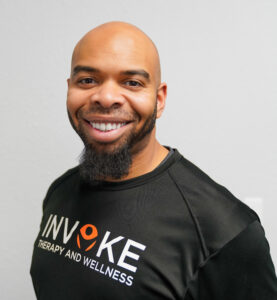
What is dry needling and what can it do?
Dry needling is a safe and effective treatment to decrease pain, both acute and chronic including headache, muscle ache, back pain, arthritic pain and TMJ dysfunction.
Dry needling targets stiff and/or painful areas with monofilament sterile surgical steel needles. The needles are often inserted directly into the trigger points but can also be inserted near peripheral nerves or neurovascular bundles to address neuromuscular conditions.
Dry needling sessions typically last 15-30 minutes, and multiple areas can be treated in a single session. The intervention can be enhanced with the utilization of electrical stimulation (ESTIM) through the needles and directly into the target tissues.
The needling helps with the healing process through multiple influences.
- Increased blood flow- Blood carries energy in and waste out. Increased blood flow leads to faster healing.
- Decreased Banding- Banding is what’s going on at a deeper level to create those painful knots.
- Decreased spontaneous electrical activity (SEA)- Pain is an electrochemical signal sent to your brain. When injured SEA is increased and corelates with pain and spasms.
- Biochemical changes- Repeated treatments change the balance of inflammatory markers and change pain thresholds
These changes help to reduce pain, restore normal tissue mechanics and facilitate progression of other treatments to help you reach your goals.

